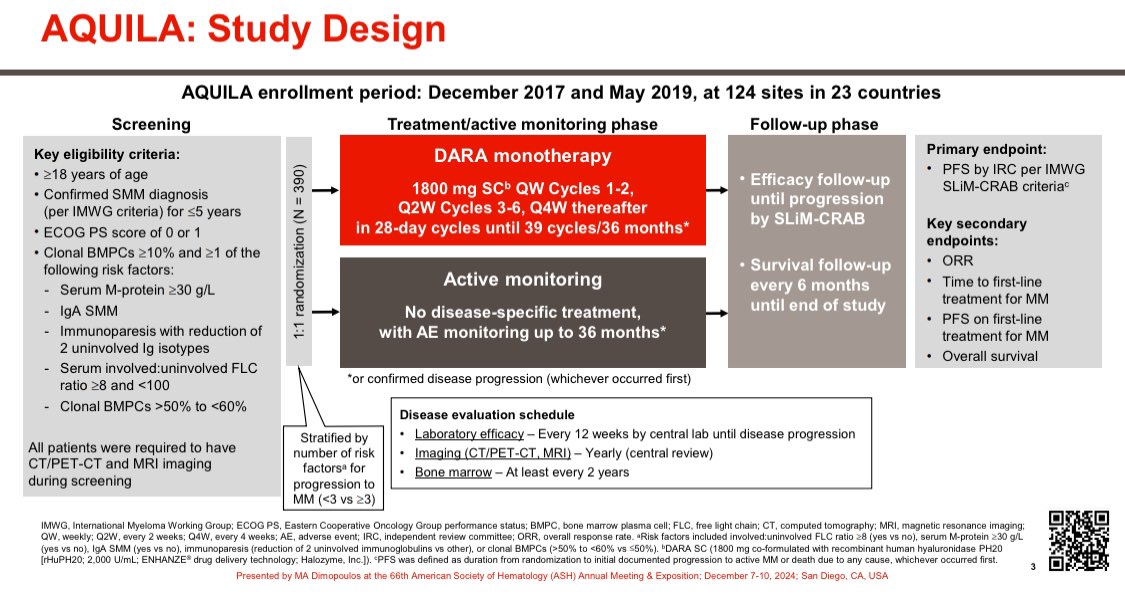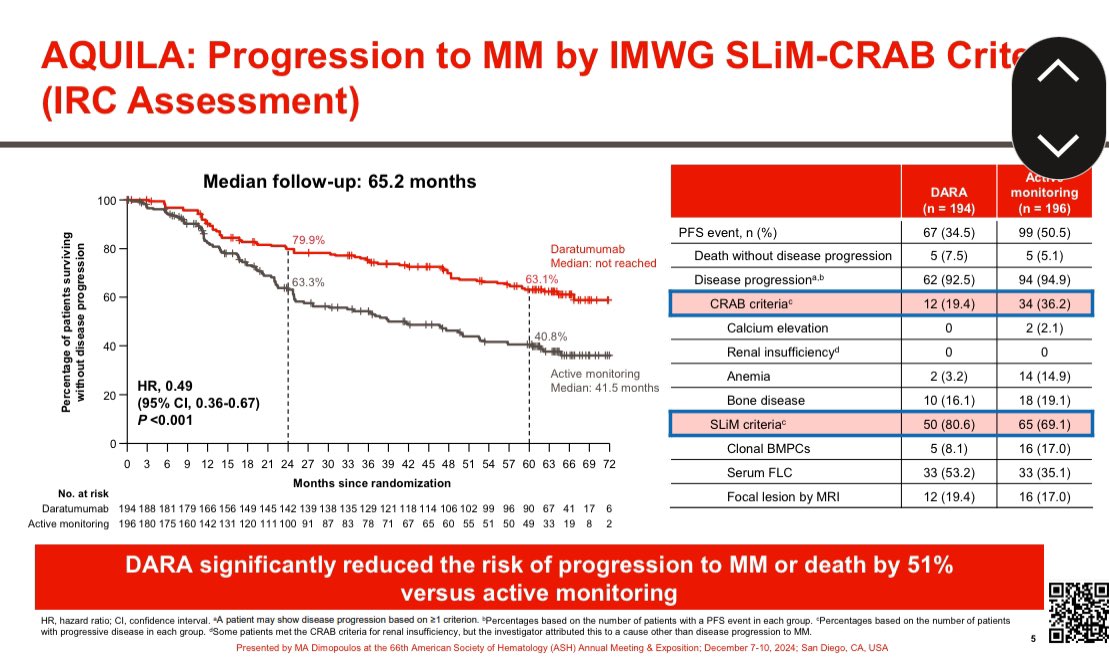There are at least 4 possible reasons why some people with COVID have little or no symptoms.
1) A rapid immune response that conquers the virus
2) Pre-existing cross reactive immunity
3) Genetic factors
4) Low viral load at time of infection
We have emerging data for each. 👇
1) A rapid immune response that conquers the virus
2) Pre-existing cross reactive immunity
3) Genetic factors
4) Low viral load at time of infection
We have emerging data for each. 👇
1) Rapid immune response: This paper from Karolinska just out in @CellCellPress shows asymptomatic and mildly symptomatic patients have high SARS CoV-2 specific cytotoxic T cell responses. cell.com/cell/pdf/S0092… 

2) Cross reactive immunity:
Many studies show presence of cross reactive T cells presumably from prior corona viral infections. They may not prevent COVID but can attenuate the severity of the disease. I think this is one reason India has less mortality. @nramind
Many studies show presence of cross reactive T cells presumably from prior corona viral infections. They may not prevent COVID but can attenuate the severity of the disease. I think this is one reason India has less mortality. @nramind
https://twitter.com/PSampathkumarMD/status/1280875999547269122
3) Genetic factors: Lots to learn. But from ABO group to ACE polymorphisms studies are coming out on genetic susceptibility. An interesting facotr associated with severe disease is TLR-7 mutations on X chromosome: also explains milder disease in women. jamanetwork.com/journals/jama/…
4) Viral dose at exposure. This is NOT the same as viral dose measured in asymptomatic vs symptomatic people. It’s the initial exposure dose that’s almost impossible to measure. But we have circumstantial evidence. @jeremyphoward @DrSidMukherjee @AliNouriPhD @DrEricDing @ASlavitt
https://twitter.com/AliNouriPhD/status/1290361822256812032
Understanding why some people have completely asymptomatic disease and some get life threatening disease is critical. I’m amazed we know so much in such a short time. But this is nothing compared to what we will know in 6 months to a year. @Rfonsi1
I study cancers of the immune system. My job is to kill the cells that help us fight infection. The same cells that make antibodies. To kill them, we have to understand them. And the one think I’ve learnt is that it’s extraordinarily hard to get rid of them: Normal or cancerous.
Which is why I have hope that natural infection or vaccines will be effective. Maybe not in preventing a recurrent infection. But certainly attenuating the disease and making future versions more like regular flu or hopefully milder.
What is happening in India where disease severity and mortality appear much lower, is related to what I have posted as the 4 factors. And the main one I suspect of the 4 to be playing a role in India is cross reactive prior immunity.
See related thread.
@sumanthraman
See related thread.
@sumanthraman
https://twitter.com/VincentRK/status/1296404093343326209
• • •
Missing some Tweet in this thread? You can try to
force a refresh



















